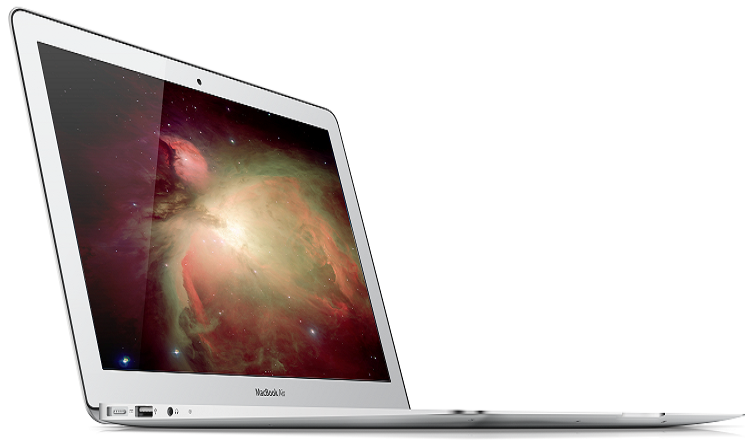Techssocial | In 2021, Apple was valued at $21 trillion. However, that doesn’t mean that their computers are always going to work perfectly. Is your MacBook Air not responding?
Thankfully, we’re here to help you out if your MacBook Air is frozen. Keep reading to find out a few different ways to try and fix it.
Table of Contents
Reasons Why Your Mac Might Be Frozen
There might be a few reasons why you’re seeing the Apple spinning color wheel. For example, you could have too many apps running in the background which clogs your CPU and memory.
You could also have one app that has a problem with the coding, so it keeps crashing your computer.
If your browser has too many tabs open, it could be running slowly, and eventually, your computer won’t be able to handle it and will shut down.
If your operating system is also out of date, you likely won’t have a computer that is working properly. If the code keeps malfunctioning, your computer could shut itself down.
It doesn’t always have to be a software issue either. You could just have problems with the hardware of your computers, like your RAM or disk. If this is the case, you’ll need to take it to a professional to have them diagnose it.
Restart in Safe Mode
One thing that you can try is restarting your computer in safe mode. To do that, first press the power button to power up your computer.
After you do that, press the Shift key and make sure you hold it until you hear the familiar welcome chime. After you release the shift key, the Apple logo should pop up.
Along with it, you’ll also see a status bar. After it finishes loading, you’ll also see Safe Boot in the top right-hand corner of your login screen. This means that the Mac will then start troubleshooting the device to make sure that your computer is operating properly.
If it does find an issue and fixes it, you should restart your Mac as usual.
Declutter Desktop
If you have too many things on your desktop, it will slow down your Mac and cause other problems like shutting it down.
Every icon that you have on your desktop isn’t just a link, it’s also considered an image. And each time you start your computer up, the software has to recreate that image. So if you have a lot of them, it could slow your computer down.
To fix it, organize your files or delete ones that you don’t really use. You may also want to try using the Spotless app. To use this, all you have to do is drag your files into the pop-ep drawer in the Menu bar.
Then you can come up with a rule to help organize them all.
You may also like: Create a Website Shortcut on the Desktop
Force Quit a Program
You may also want to force-quit a program if it’s freezing your computer up. There are a few different ways you can do this.
First, try clicking on your desktop or another window to help your computer shift the focus onto another task. Once you do that, you can use your mouse to go to the Apple Menu and then go to Force Quit and close the frozen program.
If you can’t move your mouse at all, try pressing the Command button. After you click on that, you can open the Force Quit menu from there.
Lastly, you could try holding the Option key and then control-clicking on the app in your dock bar. You should see an option that says Force Quit on your pop-up menu.
Restart Your Computer
If nothing else is working, just try restarting your computer. If you can’t move your mouse at all, don’t worry. You can still restart it by holding down the power button for a few seconds.
If you don’t want to do that, you can also try holding the Control and Command keys. After you do that, press the power button.
If all else fails, you can unplug your device and wait for it to die. However, you should only save that strategy for the last resort.
Free Up Space
You should also check how much space is left on your hard drive. If you don’t have a lot of space left, this could be causing your entire system to crash.
In general for your Apple laptop to work properly, you’ll need about 10 GB of space left on there.
To check how much space you really have left, go to your Apple menu. You can click on an option called “About This Mac.” Then you’ll see a Storage tab that you can click on. This will show you how much space is left on your computer.
You can start clearing up some of those files that you don’t need anymore. Just keep in mind that you also have to delete them from your recycling bin as well.
Learn More About What to Do With Your MacBook Air Not Responding
These are only a few things to try when you have your MacBook Air not responding. But there are many more tips you can try.
We know that keeping up with the latest technology can be cumbersome, but you don’t have to figure it out all on your own. We’re here to help!
If you enjoyed this article, make sure that you explore our website to find more articles just like this one.
Hemant is Digital Marketer and he has 6 + years of experience in SEO, Content marketing, Infographic etc.
